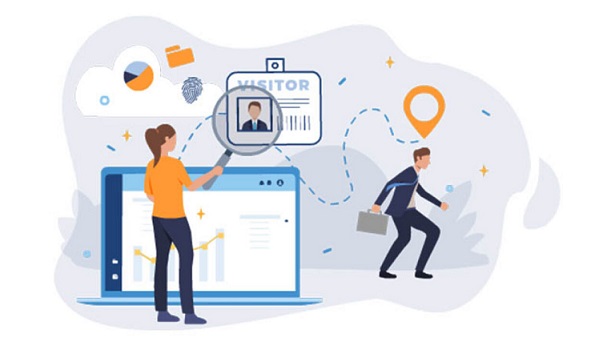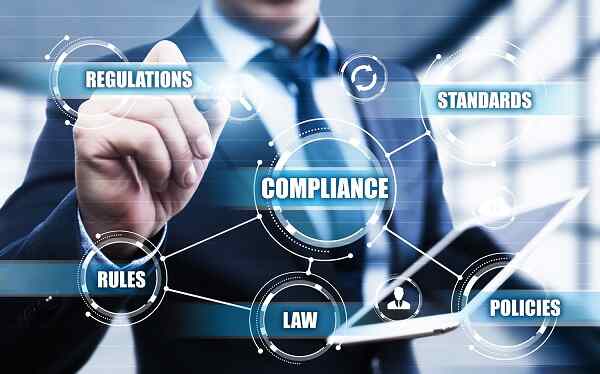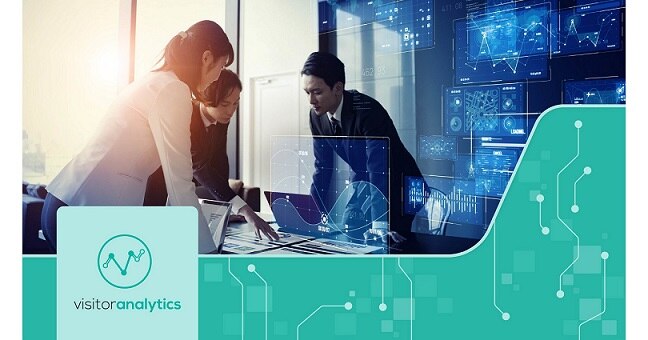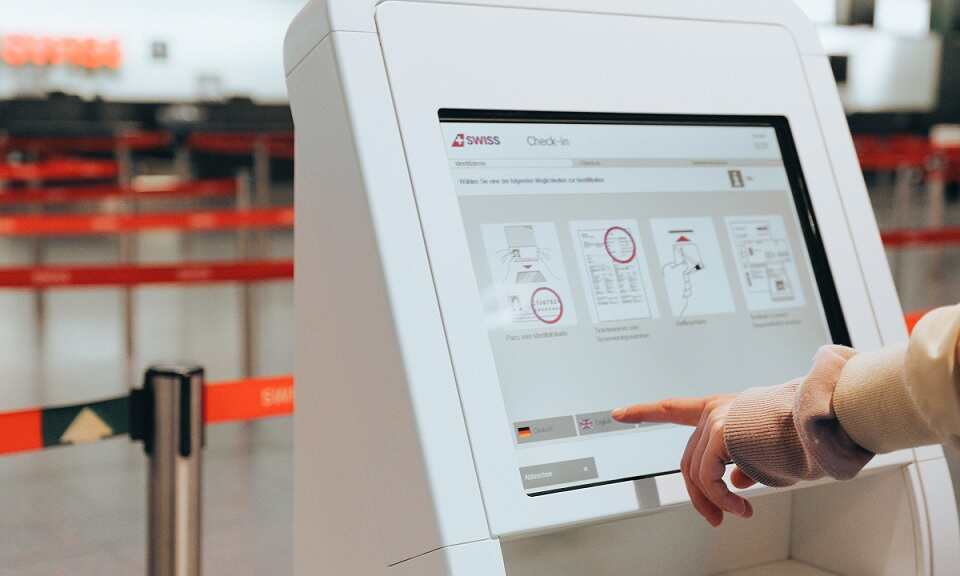In a world where security concerns are constantly rising, organizations seek foolproof solutions to safeguard their premises and protect their valuable assets. One of the critical aspects often overlooked is visitor management. Imagine a castle without vigilant gatekeepers or a house without a front door lock. The consequences could be disastrous.
Similarly, enterprises require a robust visitor management system to regulate access, enhance safety, and streamline visitor experiences. But what makes this system truly reliable and effective? In this article, you will explore the key features that define a cutting-edge solution, ensuring peace of mind for businesses and engendering a secure environment for visitors.
The Basics of Community Management Solutions
1. Pre-Registration and Self-Check-In
Gone are the days of tedious paperwork and long queues at the reception desk. A robust visitor management software leverages the power of pre-registration and self-check-in to enhance efficiency and improve the visitor experience.
Pre-registration enables visitors to provide essential details in advance, such as their name, purpose of visit, and any specific requirements. It not only saves time but also allows the host to prepare for the meeting accordingly, ensuring a personalized and seamless experience.
Self-check-in further adds to the convenience factor. These management systems are being effectively utilized across various sectors like hotels and airports. For instance, self-check-in kiosks at airports have proven to be efficient, cost-effective, and highly secure. These self-check-in kiosks are considered the optimal choice for guest management in the aviation industry, states Airport Industry-News.
Visitors can simply approach a kiosk or use a mobile app to check themselves in upon arrival. The system can validate their identity, print visitor badges, and notify the host of their arrival in real-time. It eliminates manual verification, reduces waiting times, and gives visitors control over their check-in process.
2. Real-Time Visitor Tracking
A key feature that sets a robust visitor management system apart from its counterparts is the ability to track visitors in real-time. Organizations need to know who is present on their premises at any given moment to ensure security, compliance, and effective emergency response. With its real-time guest tracking features, businesses gain unprecedented visibility and control over their facilities.
With real-time tracking in a visitor management system, organizations can quickly locate individuals in case of emergencies, account for all occupants during evacuation procedures, and identify any unauthorized access attempts promptly. Additionally, it enables efficient visitor routing by notifying hosts of their guests’ arrival and guiding visitors to their intended destinations.
Furthermore, Greetly highlights the advantages of real-time visitor tracking for organizations. It allows effortless monitoring and management of visitor traffic, and the system ensures compliance with internal and regulatory requirements as well. Moreover, it provides additional benefits such as managing legal documents and issuing keycards, ID cards, and badges as required.
Also, implementing the system can contribute to creating a smarter workplace. These systems not only provide initial access control for guests but also offer a comprehensive solution for regulating their movements and activities within the premises, states Greetly.
3. Secure Visitor Identification

In today’s security-conscious world, reliable visitor identification is paramount for organizations of all types. The market for visitor management systems is expanding due to several reasons, including rising security threat awareness, the demand for paperless administration, and increasing regulatory compliance requirements for storing visitor data, states Markets and Markets report.
Therefore, guest management software that prioritizes secure visitor identification is essential. It offers a multi-layered approach to ensure the authenticity and legitimacy of individuals accessing your premises.
One of the key components of secure visitor identification is the utilization of identification credentials such as visitor badges or access cards. These credentials are issued upon check-in and are uniquely encoded with visitor information and permissions.
By prominently displaying these badges, it becomes easy to visually identify authorized visitors, enhancing overall security and enabling staff members to quickly differentiate between visitors and employees.
How Project Portfolio Management Software Can Help
4. Customizable Security Policies and Compliance

Every organization has unique security requirements and compliance standards that must be met. According to TechTarget, the firm’s security policies outline how it intends to inform staff members about safeguarding corporate property. They also include implementing and enforcing security measures and a process for assessing the policy’s performance and making any required adjustments.
A guest management system should understand this need and offer customizable security features to align with specific organizational protocols and industry regulations. With customizable security elements, organizations have the flexibility to define access levels, permissions, and visitor restrictions based on their specific needs.
Furthermore, the system can be configured to comply with industry-specific regulations such as HIPAA in healthcare or GDPR in data-sensitive industries. By incorporating necessary compliance measures, organizations can ensure that visitor data is collected, stored, and managed in a manner that meets regulatory requirements.
5. Visitor Data Management and Analytics

A sturdy system for guest management not only focuses on enhancing security and efficiency but also provides valuable insights through comprehensive visitor data management and analytics. By collecting and analyzing visitor data, organizations can make data-driven decisions, optimize operations, and improve the overall visitor experience.
Visitor data management entails capturing and storing relevant information about visitors. It includes their demographics, purpose of visit, check-in and check-out times, and any additional details provided during registration. This centralized data repository is valuable for future reference, reporting, and analysis.
Through analytics, organizations can derive meaningful insights from visitor data. They can identify visitor traffic patterns, peak hours, and areas of high activity, enabling them to allocate resources efficiently and optimize staff scheduling. This data-driven approach not only improves operational efficiency but also helps organizations deliver a seamless and personalized visitor experience.
6. Emergency Management and Evacuation Features
In times of crisis, the safety and well-being of visitors and employees become paramount. Strong guest management software goes beyond everyday operations and incorporates essential emergency management. Also, it helps with evacuation features to ensure a swift and coordinated response during critical situations.
One key aspect is the ability of the system to quickly generate emergency notifications and alerts. In the event of a fire, natural disaster, or other emergency, the system can instantly send alerts to all visitors and staff members, providing clear instructions and evacuation routes. It ensures that everyone on the premises is promptly informed and can take appropriate action to ensure their safety.
During evacuations, the guest management software plays a crucial role in accounting for all visitors present on the premises. By cross-referencing the check-in data and real-time tracking information, the system can generate accurate evacuation reports, indicating which visitors have safely evacuated and who might still be inside the building.
Organizations Require a Robust Visitor Management System to Improve Guest Experiences
Implementing a robust visitor management system is crucial for organizations seeking to strengthen security, streamline operations, and provide outstanding visitor experiences. These features enable organizations to control access, optimize resource allocation, ensure regulatory compliance, make data-driven decisions, and respond swiftly to emergencies.
By implementing it, organizations not only enhance security protocols but also elevate the overall visitor experience, fostering trust, efficiency, and safety.




